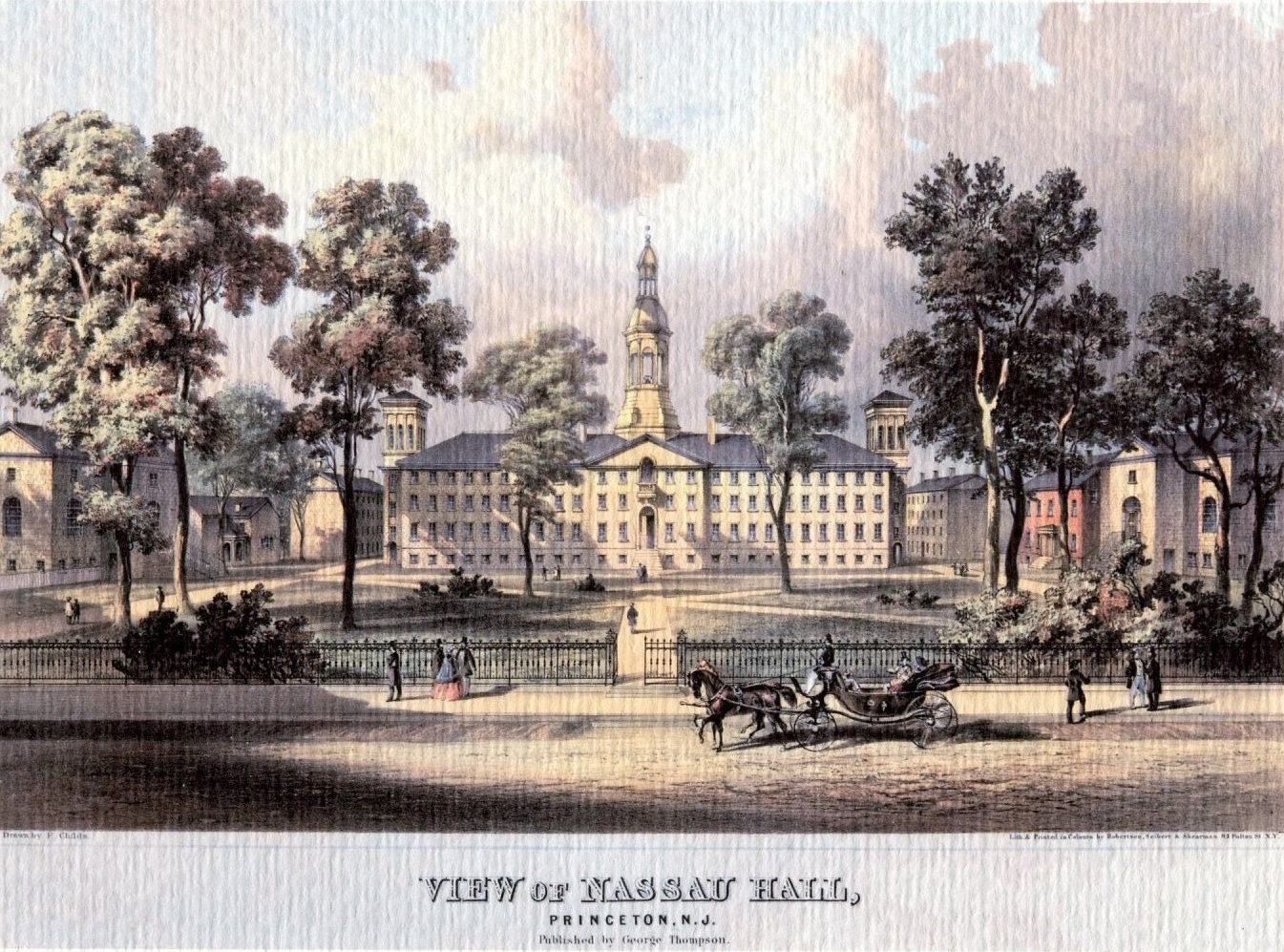-
Integrating Princeton University: Robert Joseph Rivers ’53
As we have previously pointed out, Princeton’s first African American undergraduates were not purposefully admitted: they were instead brought as part of a Navy training program during World War II. In 1945, Trustee Laurence G. Payson wrote to fellow member of the Class of 1916 John McFerran Barr to explain the presence of black students…
-
“A Haven for Radicalism, Intolerance, and Lesbianism”: The Ongoing Struggle for an LGBTQ+-Inclusive Princeton
Mudd Library’s University Administrative Fellow for the fall 2016-2017 semester curated an online HistoryPin exhibit to document the history of minority sexualities at Princeton University. In this post, she provides broader context for the materials she chose to highlight. By Ariana Natalie Myers GS For much of its history, Princeton University students who experienced attraction toward…
-
Ask Mr. Mudd: “Levee Song” and Princeton’s Minstrel Shows
Q. Dear Mr. Mudd, Is it true that the University of Texas school song, “The Eyes of Texas,” has a Princeton University connection? Where did the song come from, and why don’t Princeton students sing it anymore? A. “The Eyes of Texas” is set to a tune best known today as “I’ve Been Working on…
-
Bob Dylan’s Honorary Princeton University Degree
When news of Bob Dylan being honored with a Nobel Prize in Literature broke a few months ago, the Swedish Academy responsible for the award acknowledged that it might appear to be an inappropriate choice. Dylan, as a musician, might not be thought of as an author so much as a composer. “If you look…
-
#Princethen 2016 Announcement and Rules for Participation
Today is the first day of classes at Princeton University, so it’s time to talk about #Princethen! Last year, we all had fun with the first #Princethen game on Twitter. You sent us on quite the scavenger hunt through Mudd’s collections! This year, we are trying a new version of the game. Instead of us…
-
Howard Edwards Gansworth and the “Indian Problem” at Princeton
For people of European descent carving out space for themselves in the present borders of the United States in the 18th and 19th centuries, there was a major barrier: people already lived there. The nation did not regard this as an insurmountable hurdle, however. America tried a variety of things as it expanded westward: driving Native…
-
“Womanhood on Tiger Territory”: The First Women to Live in Princeton University Dormitories
We have previously written about the first women to take a class at Princeton University, unseating nearly two centuries of tradition. Today, we’re highlighting what our collections tell us about another group of women who changed Princeton’s established patterns as the first to live in campus dorms, another result of World War II’s radical changes…
-
The Bank Holiday of 1933 at Princeton University
Franklin Delano Roosevelt was inaugurated President of the United States on Saturday, March 4, 1933. Immediately following his inauguration weekend, at 1:00 AM on March 6, Roosevelt issued Proclamation 2039. This action ordered all banks in the United States to close. No one would be able to withdraw, transfer, or deposit money between Monday, March…
-
A Hope and A Hypothesis: The Curious Case of the Sonia Sotomayor ’76 Interview
Briana Christophers ‘17, a rising senior at Princeton University, made a discovery in the University Archives that solved a mystery we archivists didn’t know existed. In March, Briana visited us at the Mudd Manuscript Library, a visit arranged by Mudd’s Assistant University Archivist for Technical Services, Alexis Antracoli, in response to a petition Briana helped…
-
Princeton University during the Korean War
By Spencer Shen ’16 Beginning in the summer of 1950, reserve officers and those enrolled in the Selective Service System were called up for service in the Korean War, including personnel at Princeton. J. Douglas Brown, then Dean of the Faculty, initially requested information to better cooperate with the government, but later opposed the universal…
This blog includes text and images drawn from historical sources that may contain material that is offensive or harmful. We strive to accurately represent the past while being sensitive to the needs and concerns of our audience. If you have any feedback to share on this topic, please either comment on a relevant post, or use our Ask Us form to contact us.
